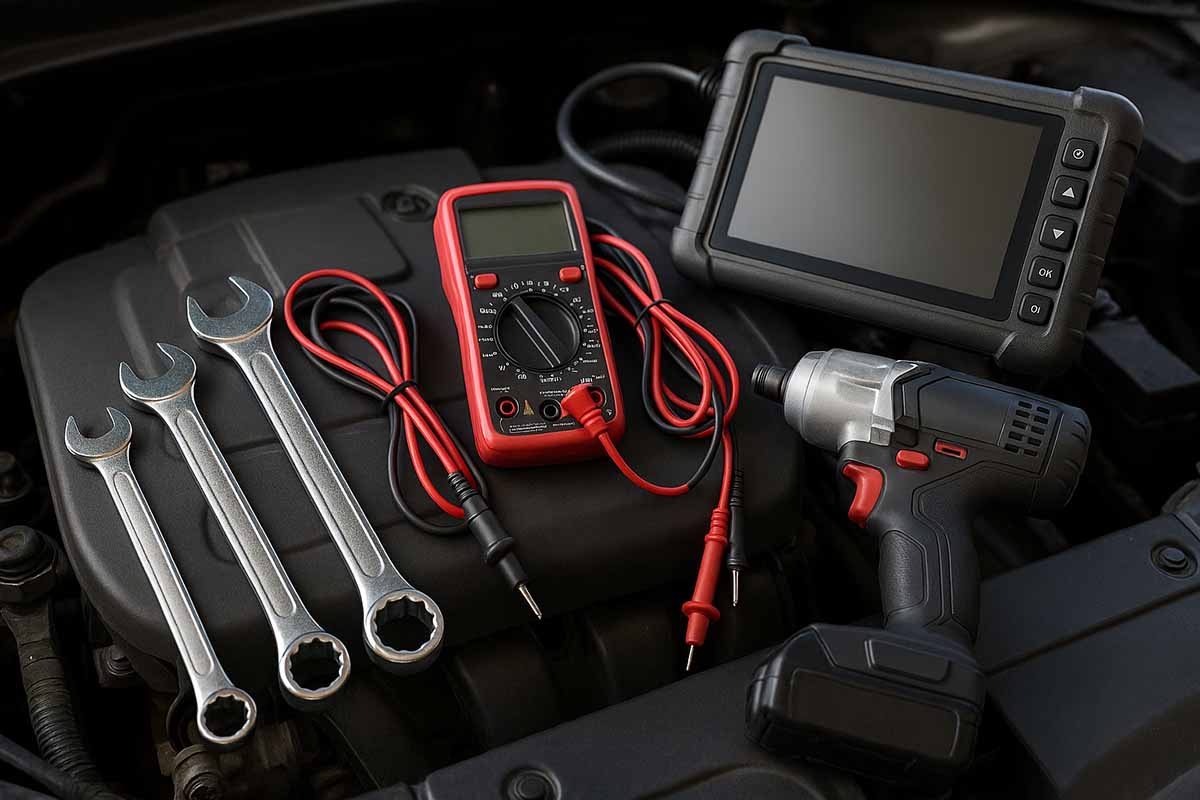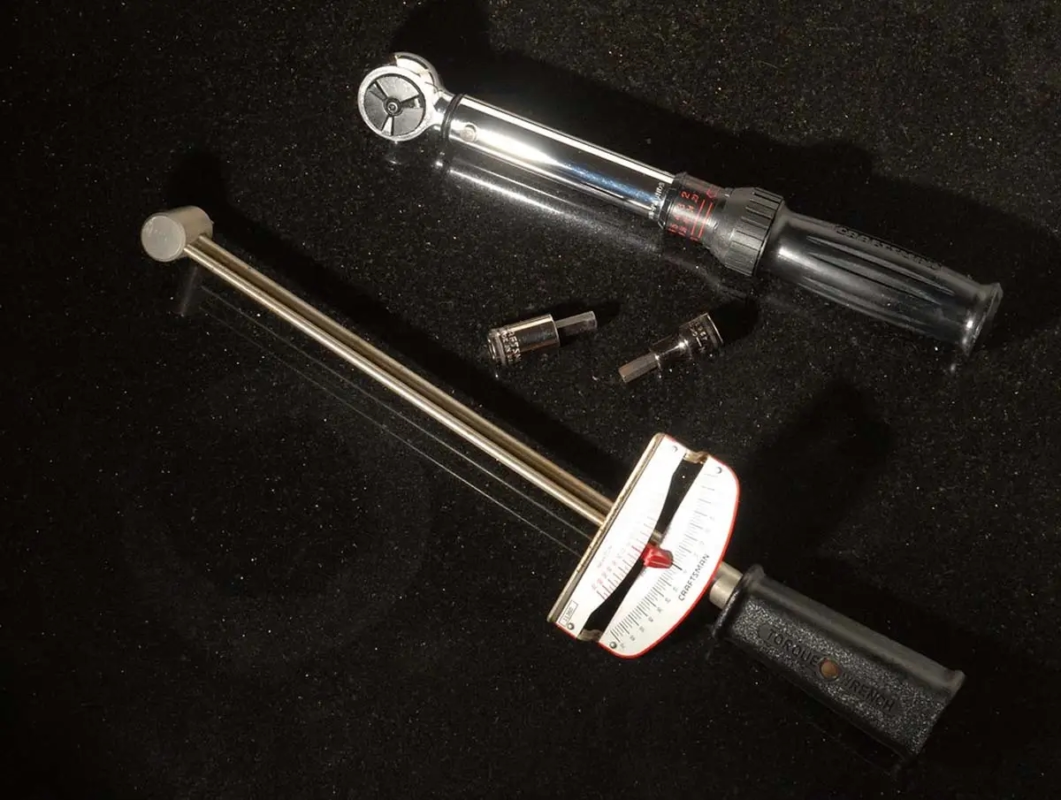Introduction: The Battle of Air vs. Power
Step into any busy automotive workshop, and you’ll hear the whirring hiss of air tools mixing with the hum of electric motors. Pneumatic and electric tools both have their loyal fans—and both camps insist they’ve chosen the better option. But which one actually fits the needs of a modern automotive workshop? Let’s break it down.
What Are Pneumatic Tools?
Pneumatic tools, also called air tools, are powered by compressed air. They’ve been the backbone of auto repair shops for decades, known for:
- High torque and consistent power
- Lightweight designs
- Durability in harsh environments
Common examples in workshops: impact wrenches, air ratchets, grinders, and paint sprayers.
What Are Electric Tools?
Electric tools can be either corded or, more commonly today, cordless (battery-powered). Advances in lithium-ion batteries have pushed electric tools into territory once dominated by pneumatic systems.
Key advantages:
- Portability and flexibility
- No need for compressors or hoses
- Continuous improvements in power output
Common examples in workshops: cordless impact drivers, drills, sanders, and polishers.
Comparing Pneumatic vs. Electric Tools
1. Power and Performance
- Pneumatic: Delivers constant high torque, making them unbeatable for heavy-duty tasks like loosening rusted bolts.
- Electric: Modern brushless motors offer impressive torque, but prolonged heavy use may cause overheating.
👉 Winner: Pneumatic, for sheer power and consistency.
2. Portability
- Pneumatic: Always tethered to a compressor and hose, which limits mobility.
- Electric: Cordless tools can be used anywhere—even outside the workshop.
👉 Winner: Electric, no contest.
3. Maintenance Needs
- Pneumatic: Requires compressor upkeep, hose inspections, and regular lubrication of tools.
- Electric: Needs battery care and occasional motor servicing, but generally lower upkeep.
👉 Winner: Electric, easier maintenance.
4. Durability and Longevity
- Pneumatic: Built tough and resistant to drops, dust, and grease. They can last decades.
- Electric: More delicate—batteries degrade, electronics fail sooner.
👉 Winner: Pneumatic, for long service life.
5. Cost Considerations
- Pneumatic: High upfront investment in compressor system, but individual tools are cheaper.
- Electric: Tools themselves cost more, and batteries add ongoing expenses.
👉 Winner: Depends—pneumatics are cheaper per tool, electrics save on infrastructure.
6. Noise and Environment
- Pneumatic: Compressors are loud, and air exhaust adds more noise.
- Electric: Generally quieter, better for long shifts and noise-sensitive areas.
👉 Winner: Electric, for comfort.
Pros and Cons at a Glance
| Category | Pneumatic Tools ✅ | Electric Tools ✅ |
|---|---|---|
| Power & Torque | High, consistent | Improving, but limited for heavy tasks |
| Portability | Limited by hoses | Cordless freedom |
| Maintenance | Higher | Lower |
| Durability | Extremely tough | Battery/electronics wear |
| Cost Structure | Cheaper tools, costly system | Pricier tools, flexible setup |
| Noise Level | Louder | Quieter |
Funny Fact
Some old-school mechanics joke that pneumatic tools double as a “gym workout.” Why? Wrestling with heavy hoses and compressors keeps your arms stronger than any dumbbell set.
Lesser-Known Fact
Did you know NASA uses pneumatic tools for spacecraft assembly? They prefer air power because sparks from electric tools could be dangerous in oxygen-rich environments.
Which Is Better for Automotive Workshops?
There isn’t a one-size-fits-all answer. Many modern workshops use a hybrid approach:
- Pneumatic tools for heavy-duty, repetitive tasks like tire changes.
- Electric tools for mobility, convenience, and lighter jobs.
👉 The best strategy is to equip your workshop with both, maximizing efficiency, safety, and technician comfort.
Final Thoughts
Whether you love the hiss of air or the hum of electricity, one thing is certain: automotive work demands reliable tools. Pneumatic tools offer raw power and durability, while electric tools deliver unmatched flexibility and quieter operation. The smartest workshops don’t choose sides—they balance both to keep efficiency high.
Learn More About Industrial Tools In Automotive Industry
- Industrial Tools in the Automotive Industry
- Digital Twins in Automotive Tooling: Smarter Maintenance, Fewer Breakdowns
- Comparing Pneumatic vs. Electric Tools in Automotive Workshops
- How Industry 4.0 Is Reshaping Automotive Assembly Lines
- Trends in Automotive Manufacturing Automation
- Impact of Industry 4.0 and IoT on Automotive Tooling
- Essential EV Toolkits for Modern Automotive Work
- Reviews of 5 Leading Automotive Tool Brands
- Top Tools for Automotive Repair and Diagnostics
- Specialized Equipment for Engine Rebuilding
- Automotive Fasteners and Torque Specs Explained
- Safety Tools and PPE in Automotive Workshops
- Troubleshooting Common Automotive Tool Problems
- Top Automotive Tool Brands Reviewed
- Fasteners in Automotive Manufacturing: What Makes the Cut?
- How to Use a Torque Wrench in the Automotive Industry
- Automotive Torque Wrench Buying Guide 2025
Your Turn
What’s your experience with pneumatic vs. electric tools in the workshop? Do you prefer the old-school reliability of air tools or the cordless freedom of electrics? Share your thoughts in the comments below—and let’s settle this debate once and for all!





